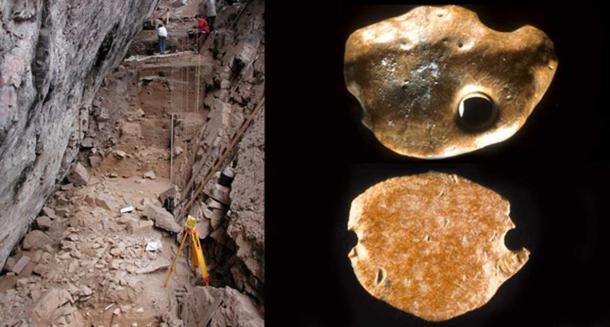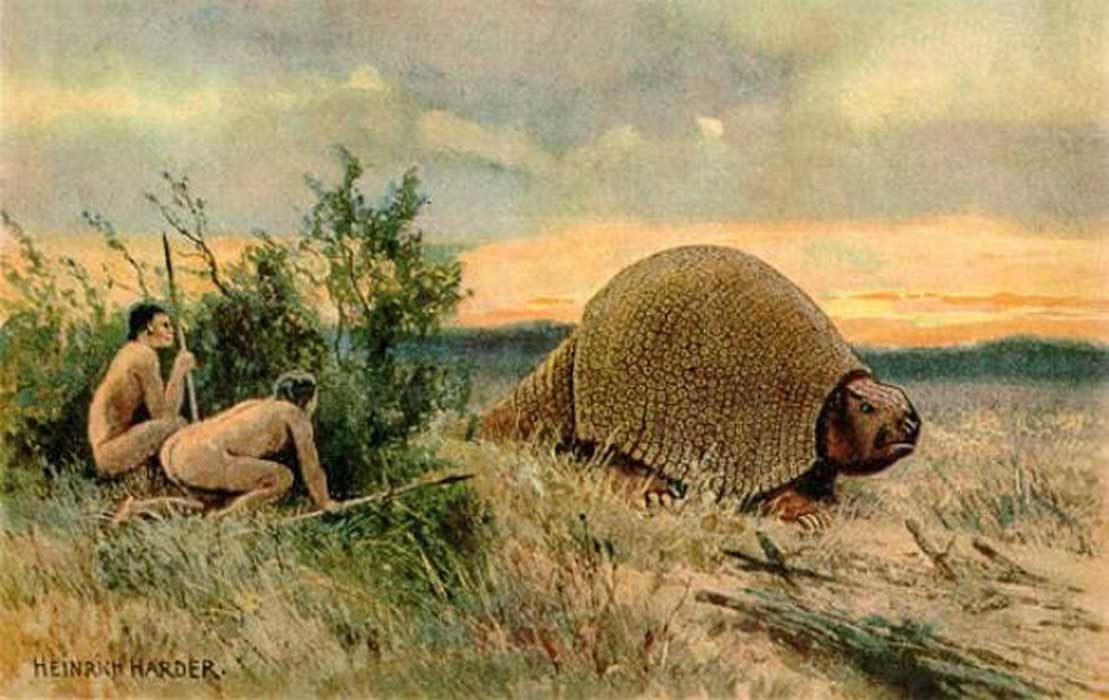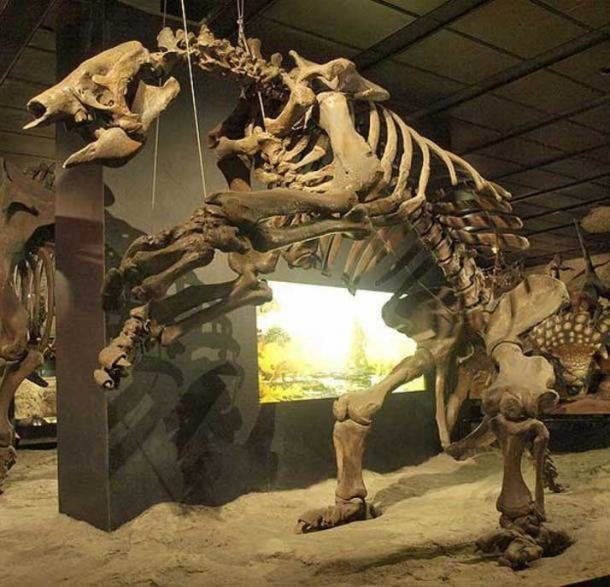According to Science News, numerous stone artifacts and bones of giant sloths were found at the rock shelter site of Santa Elina between 1984 to 2004. It is believed the small, bony sloth skin plates were perforated and notched to become ornaments for humans living in the area. Apart from the sloth remains and stone artifacts, remnants of hearths were also found in the sediment layers.

Another find suggesting a much earlier occupation of Brazil was made in 2014. That discovery included stone tools which were embedded in a rock shelter dated to 22,000 years ago. April Holloway reported on the discovery for Ancient Origins: "The stone tools were found in Serra Da Capivara National Park, Brazil, a region steeped in history with thousands of rock art paintings across 945 separate sites. The tools were dated using thermo luminescence, a technique that measures the exposure of sediments to sunlight, to determine their age."
A previous discovery suggested that humans had used tools on a set of 30,000-year-old fossilized bones of giant sloths, saber-toothed cats, oversized armadillos, and other mega fauna that roamed the Americas until around 11,000 years ago. That discovery was made in Uruguay.
With an even more controversial date, research presented in April 2017 about an Ice Age site in San Diego, California proposes people were already in the Americas 130,000 years ago. The proof supporting that date comes from a trove of ancient bones that were also apparently modified by early humans.
Each of these three finds fits into the category of the common evidence provided for earlier migration dates into the Americas - artifacts and hearths. These finds are usually dated by using the sediment they contained. Critics of these studies often claim that artifacts appearing to have been manipulated by humans do not provide strong enough evidence to ascertain that humans were in the Americas earlier than the accepted view. It is much rarer to hear of human bones older than 10,000 being discovered anywhere in the Americas. But that doesn't mean there aren't any.
Read the remainder of the article here.





Did our ancestors have scales and has our human skin suddenly become so fair and fragile that only now we must wear clothes?